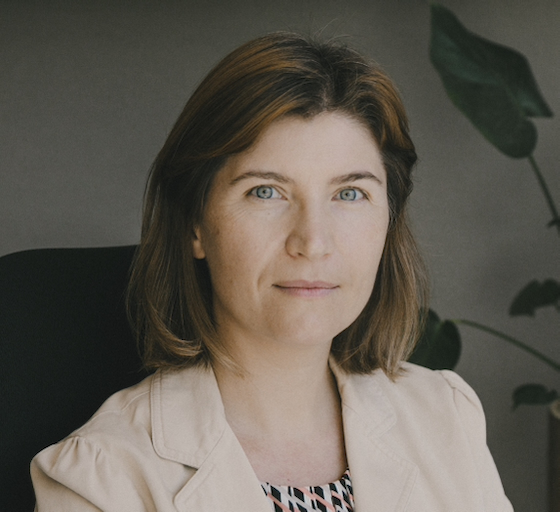
Viviana Gradinaru, PhD
Viviana Gradinaru (PhD Stanford; BS Caltech), Troendle Prof. of Neuroscience and Biological Engineering, is interested in brain and body circuits malfunctioning in neuropsychiatric disorders. Realizing that to understand the highly-distributed circuits underlying physiology and behavior we need tools for neuro-observation and modulation that are minimally-invasive and far-reaching, yet specific in time, space, and action, Gradinaru has developed neurotechnologies in optogenetics, tissue clearing and imaging, and gene delivery to the central and peripheral nervous systems (CNS, PNS). Her group has introduced methods (e.g. M-CREATE) to engineer adeno-associated viral vectors (AAVs) for targeted gene delivery to the brain across the blood-brain-barrier (BBB) and for the PNS (including the vagus nerve, a key body-brain connector) with simple intravenous injections versus complicated surgery. Her methods are now broadly used, and enabled other groups to advance our understanding of biological circuits underlying, for example, digestion, cardiac physiology, pain, neurodevelopment, neurodegeneration, and behavior.
Gradinaru is a Fellow of the National Academy of Inventors (2022) and AAAS (2021) and has received the NIH Director’s Innovator and Pioneer Awards, the Presidential Early Career Award for Scientists and Engineers, and outstanding young investigator awards from both the American Society of Gene and Cell Therapy and the Society for Neuroscience.